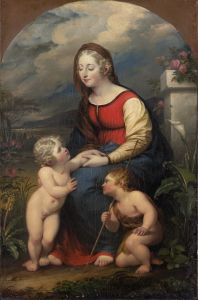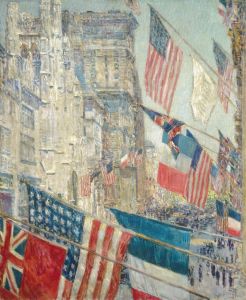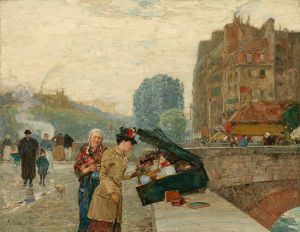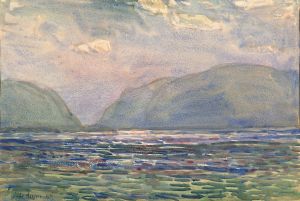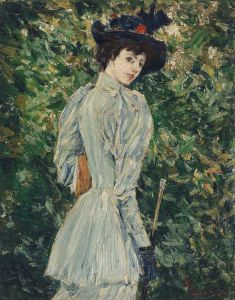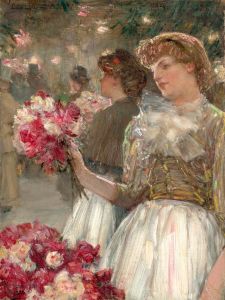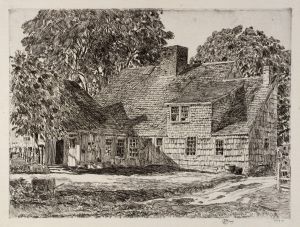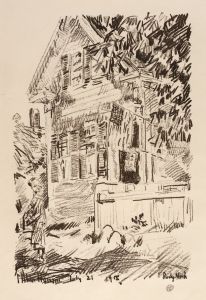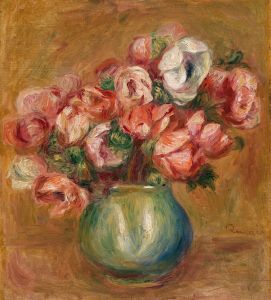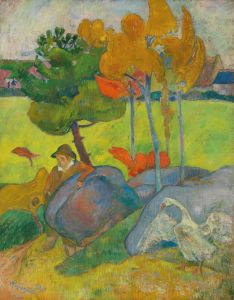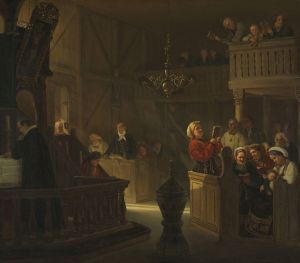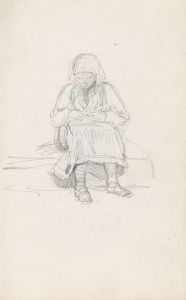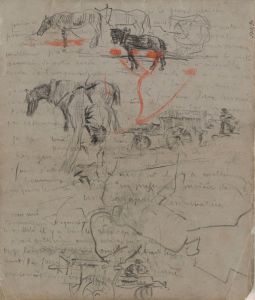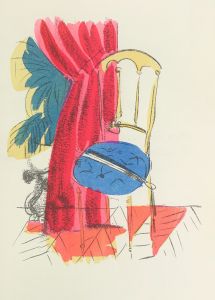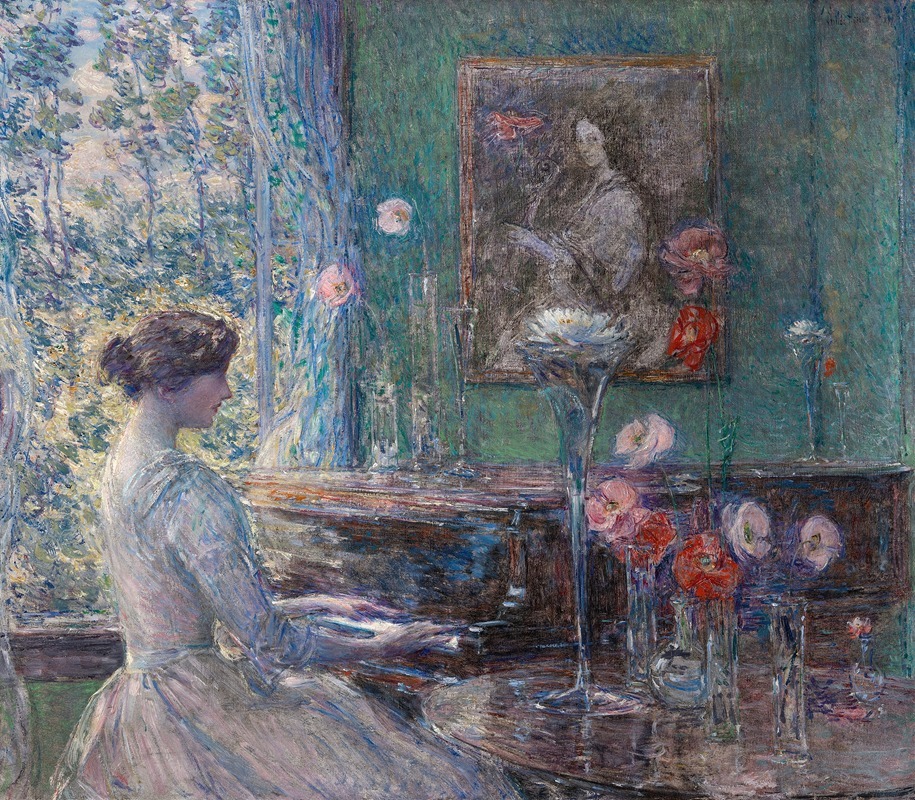
Improvisation
A hand-painted replica of Childe Hassam’s masterpiece Improvisation, meticulously crafted by professional artists to capture the true essence of the original. Each piece is created with museum-quality canvas and rare mineral pigments, carefully painted by experienced artists with delicate brushstrokes and rich, layered colors to perfectly recreate the texture of the original artwork. Unlike machine-printed reproductions, this hand-painted version brings the painting to life, infused with the artist’s emotions and skill in every stroke. Whether for personal collection or home decoration, it instantly elevates the artistic atmosphere of any space.
"Improvisation" is a painting by the American Impressionist artist Childe Hassam, who is renowned for his contributions to the American Impressionism movement. Born in 1859 in Dorchester, Massachusetts, Hassam became one of the most influential artists of his time, known for his vibrant cityscapes and coastal scenes that captured the essence of American life in the late 19th and early 20th centuries.
Childe Hassam's work is characterized by his use of light and color, drawing inspiration from the French Impressionists, whom he encountered during his time in Paris from 1886 to 1889. This period was crucial in shaping his artistic style, as he absorbed the techniques of artists like Claude Monet and Camille Pissarro. Upon returning to the United States, Hassam applied these techniques to American subjects, helping to establish Impressionism as a significant movement in American art.
"Improvisation" exemplifies Hassam's mature style, showcasing his ability to capture the fleeting effects of light and atmosphere. The painting is noted for its loose brushwork and vibrant palette, which are hallmarks of Hassam's approach to Impressionism. While specific details about the painting's subject matter and location are not widely documented, it is consistent with Hassam's broader body of work, which often depicted urban scenes, gardens, and coastal landscapes.
Hassam was a prolific artist, producing over 3,000 paintings, watercolors, etchings, and lithographs throughout his career. His works are celebrated for their ability to convey the mood and atmosphere of a scene, often focusing on the interplay of natural and artificial light. "Improvisation" likely reflects these themes, capturing a moment in time with a sense of immediacy and spontaneity.
The painting is part of Hassam's broader exploration of Impressionist techniques, which he adapted to suit American subjects and sensibilities. His work often featured scenes from New York City, where he lived for much of his life, as well as the landscapes of New England, where he spent summers painting en plein air. This approach allowed him to capture the unique qualities of American light and landscape, distinguishing his work from that of his European counterparts.
Hassam was a key figure in the Ten American Painters, a group of artists who broke away from the more conservative Society of American Artists in 1897 to pursue a more progressive approach to art. This group played a significant role in promoting Impressionism in the United States, and Hassam's contributions were instrumental in its success.
Today, Childe Hassam's works are held in major museums and collections across the United States, including the Metropolitan Museum of Art, the Art Institute of Chicago, and the Museum of Fine Arts, Boston. His paintings continue to be celebrated for their beauty, technical skill, and ability to capture the spirit of American life during a transformative period in the nation's history.
In summary, while specific details about "Improvisation" may be limited, the painting is representative of Childe Hassam's broader artistic achievements and his role in bringing Impressionism to the forefront of American art. His legacy endures through his vibrant depictions of American landscapes and urban scenes, which continue to captivate audiences with their dynamic use of light and color.





